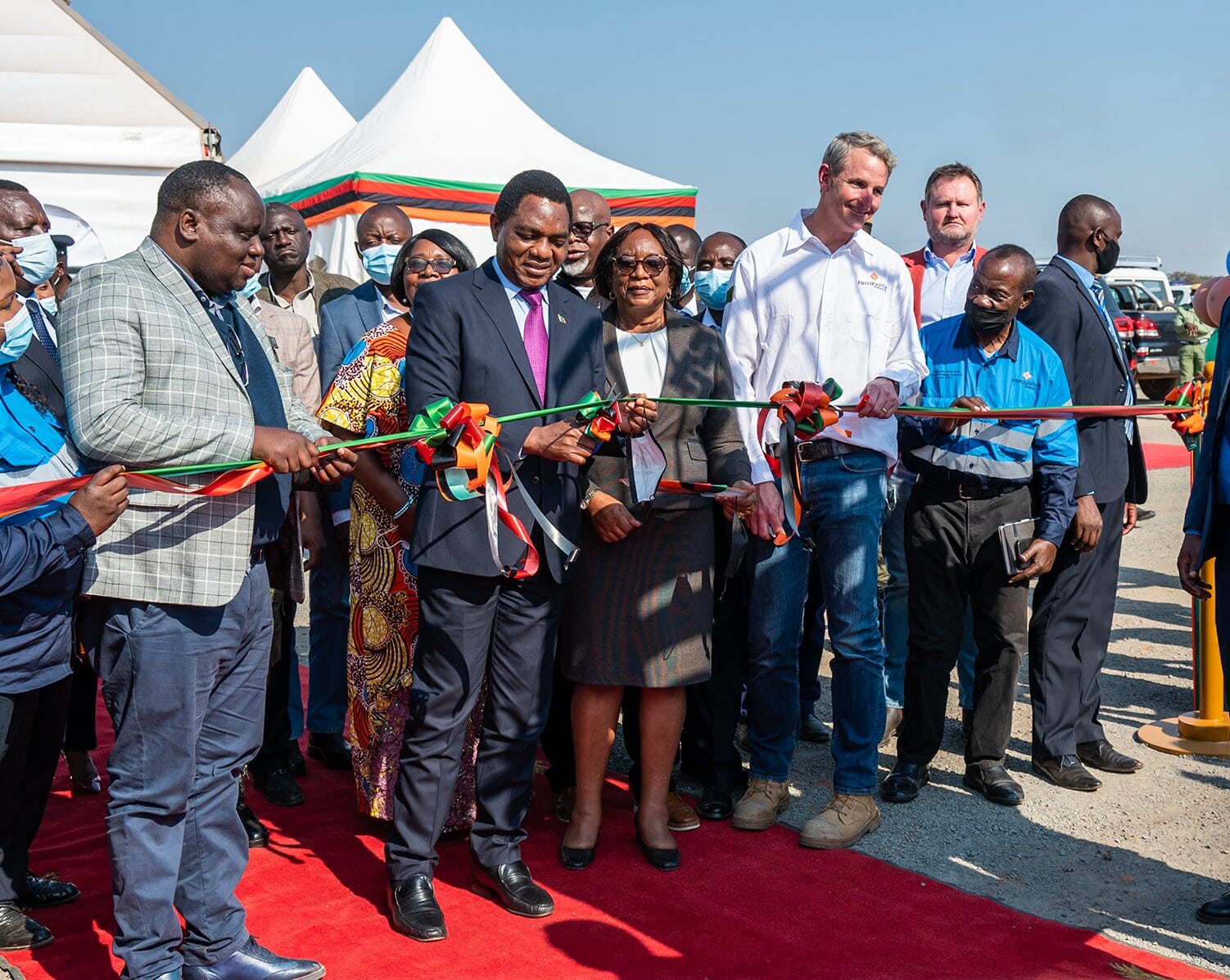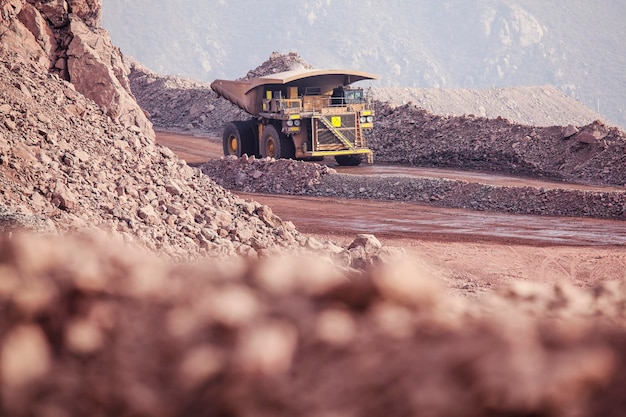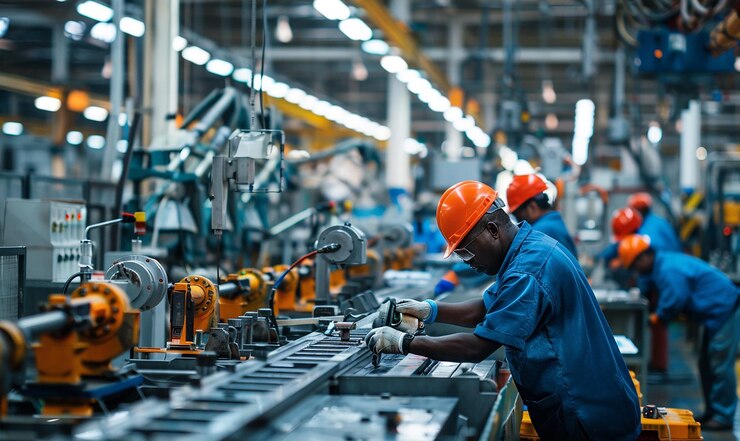Northwestern Province has been dubbed the ‘New Copperbelt’, and with the massive investments injected into its mines and overall economy, this may come to pass.
A $250 million investment in the Enterprise Nickel Project by First Quantum Minerals (FQM) is poised to make Zambia the top nickel producer in Africa and even propel it to one of the biggest producers in the world. The project is located in the Kalumbila district, about 150 kilometers west of the provincial capital, Solwezi.
The Enterprise Nickel Project is an open-pit mine owned and operated by Kalumbila Minerals, a wholly-owned subsidiary of FQM. The project represents a significant component of the $1.35 billion expansion investment announced by the Canadian metals and mining firm.
The construction of the nickel process plant for Enterprise was completed in 2016. However, falling nickel prices from 2015 onwards, coupled with various challenges in Zambia’s mining sector, curtailed the prospect of raising the additional investment required to bring Enterprise online. Meanwhile, the completion of the Sentinel Copper Mine went ahead without that of its nickel-mining counterpart.
“Because of the low nickel price at the time, we put the bulk of the process plant on care and maintenance,” explained General Manager Junior Keyser.
Speaking at the ground-breaking ceremony in July, President Hakainde Hichilema expressed optimism that the large sums of money ploughed into the expansion of operations at the Kansanshi and the Enterprise mines will generate jobs and increase household incomes and business opportunities for the people. The project is expected to provide over 700 direct jobs and several indirect ones.
This project will help Zambia play a critical role in transitioning to clean energy that has less impact on the environment by contributing raw materials for batteries needed to power electric vehicles. Zambia and the Democratic Republic of Congo (DRC) recently formed the DRC-Zambia Battery Council following the harmonization of their policies and strategies regarding the electric battery and clean energy sector.

“We are fortunate as a country to have a fair share of minerals needed for transitioning from brown energy to green energy, such as nickel, copper, cobalt, manganese, and lithium. But if they stay in the ground, we do not arrange projects like this; we do not unlock projects like this; then we will not be able to play our part in keeping our world cleaner,” the president said.
He further called for forming a community development trust to flow benefits from nickel to the community, creating lasting value for future generations.
“I must emphasize the need for joint stakeholding here. We have to create a long-lasting relationship between the community and the investment. We have to entrench and make it clear that we are all beneficiaries in this hard but beneficial project,” the head of state added.
FQM Chief Executive Officer Tristan Pascall said there is a direct link between mining critical energy metals and a better future for Zambia, which is well-positioned to become a strategic nickel producer for the global market. “First Quantum believes that renewable sources can provide 100% of Enterprise’s electricity and that for Kansanshi and Sentinel. With the help of third-party partners, including ZESCO, FQM plans to help deliver 430MW of wind and solar generation projects in Zambia over the next few years,” he added.
Building the two mines (Sentinel and Enterprise) within close reach of one another has been key to FQM’s goal of running a productive nickel mine since the Trident Project was first conceived. “The idea is that we will mine nickel ore using the ore ROM (run of mine) pad at Enterprise itself, re-handle it, and then truck it across to Sentinel to be processed,” explains Keyser.
The plan is to finalize the plant’s construction to get it commissioned this year. “We hope to get into a stable production ramp-up from February 2023 onwards. We’re aiming to mine the first ore in the first half of next year. We’re in line with, or slightly ahead of schedule,” Keyser clarified.
Diversification
The mine is set to produce four million tonnes of nickel ore per annum, with the process plant yielding a peak of 35,000 tonnes of nickel concentrate starting in 2025. Nickel, classified as a critical mineral, has strategic importance in fuelling the future economy, particularly as a vital battery metal. Enterprise’s high-grade nickel sulphide deposits provide precisely the type of nickel that is required to manufacture batteries for electric vehicles (EVs). The EV battery sector’s demand for high-grade nickel is rising, with supply deficits becoming a reality sooner than forecasted.
Enterprise Nickel Mine is much more than a significant leap into a new, untapped mineral. It is a bold step toward mineral diversification in Zambia, where copper has reigned supreme for many years.
The opening of Enterprise signals a move away from the Zambian economy’s heavy reliance on ‘King Copper,’ the copper mining industry, which the government has committed to.
The $100 million Multi-Facility Economic Zone (MFEZ) being developed within Kalumbila will be a critical step towards fulfilling the ambitious concept that first inspired Kalumbila town. It will allow for developing local supply chains near the Enterprise and the growing Sentinel Copper Mine.
Kalumbila town is expected to grow rapidly over the medium to long term, creating opportunities for investors, entrepreneurs, real estate developers, and service providers who are expected to make inroads into this growing town in the coming years.
“The long-term potential for Kalumbila to grow into a regional hub is huge due to its proximity to the Democratic Republic of Congo (DRC) and Angola”, Town Superintendent Michael Kabungo enthused.
Images courtesy of Langmead & Baker








